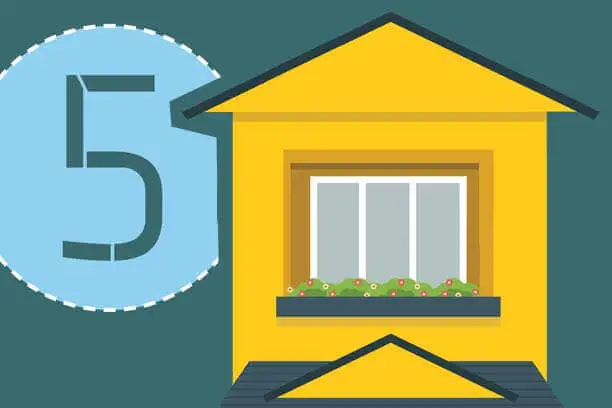5 Effective Ways to Weatherproof Your Home for Any Season


Rain, snow, sleet or heat: There’s no doubt that extreme weather can wreak havoc on your home. Planning ahead by weatherproofing your home is an important step in protecting your investment and making sure you’re comfortable in all seasons. Stay a step ahead of Mother Nature by staying on top of your home’s maintenance.
Protecting your house from the elements can be tricky no matter where you live. Yet a few steps can go a long way toward weatherproofing your roof, exteriors, gutters and walls for whatever the seasons may bring. These five key fixes will help guard your home against both extreme and everyday weather — whether it’s hailing golf balls or raining cats and dogs.
The most important protection in a truly weatherized home is a well-maintained roof. Maybe you’ve noticed pesky leaks during storms or you’ve seen your neighbors replacing their shingles or tiles. If it’s been a long time since your roof was maintained, or you see signs of roof damage, it may be time to price a new or patched roof. And consider upgrading to hail-resistant shingles — they offer important protection and can lower your home insurance premium. Your Farm Bureau agent can help you adjust your coverage.
Warning Signs: Your shingles are curling or cracked, you’re experiencing leaks or your roof is starting to show its age.
Tackle It: Before the rainy or snowy season hits.
Consider: Many homeowners with flat roofs paint their roof exteriors with white rubberized coating for another layer of water protection and a reflective solar barrier during the hotter months.
Repainting your home’s exterior creates an instant visual upgrade, but keeping your exteriors freshly painted has a weatherizing function, too. A new coat of paint can also help protect your home from the elements. In a sunny climate, look for exterior paint with UV ray protecting. In a wet climate, seek out paint with a waterproof finish.
Warning Signs: Your paint is peeling, bubbling or fading, or you haven’t painted in a number of years.
Tackle It: In the summer, when no rain is in the forecast and the paint will dry quickly.
Consider: Your windows are an exterior surface, too. Upgrading window coverings with honeycomb cellular shades or heavy drapes helps keep the elements out.
As leaves fall in autumn and winter, it’s easy for them to clog the gutters. When this happens, the gutters pull away from the house and create standing water. Keeping your gutters flowing properly helps to ensure that your foundation and basement will stay dry and safe. Try cleaning your gutters safely to restore the flow of water and safeguard against problems.
Warning Signs: Your gutters have gaps, cracks or are sagging. Or you have water damage or standing water beneath your gutters.
Tackle It: Before the rainy season begins.
Consider: Contractors generally slope gutters a quarter inch per 10 feet to get proper flow.
Weatherstripping your exterior doors, windows and any other openings, which seals air leaks and guards against drafts, is one of the simplest ways to weatherproof your house for winter — and it can save you money. The U.S. Department of Energy breaks down the different types of weatherstripping, from tension seals to tape, and their uses, costs, advantages and disadvantages. A properly sealed home will have lower utility bills, since heated or cooled air will stay inside the house where it belongs.
Warning Signs: You can see light coming through your closed front or back door, or rooms feel drafty.
Tackle It: The sooner, the better.
Consider: Even with proper weatherstripping, every home will still have small gaps and cracks that let air escape. A tube of caulk can help you fill the tiny cracks around doors and windows that weatherstripping misses.
The bad news: If your home isn’t properly insulated, hot and cold air can leak through your walls, basement, attic and crawl space, and that causes your energy costs to rise. The good news: Weatherproofing your exteriors against the elements by adding to your home’s insulation can protect your home from cold weather and reduce your heating and cooling bill by up to 20 percent. And when it comes to energy-efficient insulation options, you have plenty, including blanket, loose fill, rigid and sprayed-in-place. For warmer climates, reflective insulation and radiant barriers can provide some heat protection and lower air conditioning use. You can use the U.S. Department of Energy’s climate map to estimate what the “R-value” — the effectiveness of your insulation — needs to be.
Warning Signs: Your ceilings, floors and walls are cold to the touch, temperatures fluctuate from room to room, or your energy bills are high.
Tackle It: Before peak heating and cooling seasons.
Consider: Covering your hot water heater with an insulating blanket can reduce heat loss by up to 40%.
Have you made serious home improvement upgrades lately? If so, you might be able to lower your homeowners insurance premium. Be sure to check with your Farm Bureau agent to help ensure you’re receiving the discounts you deserve.